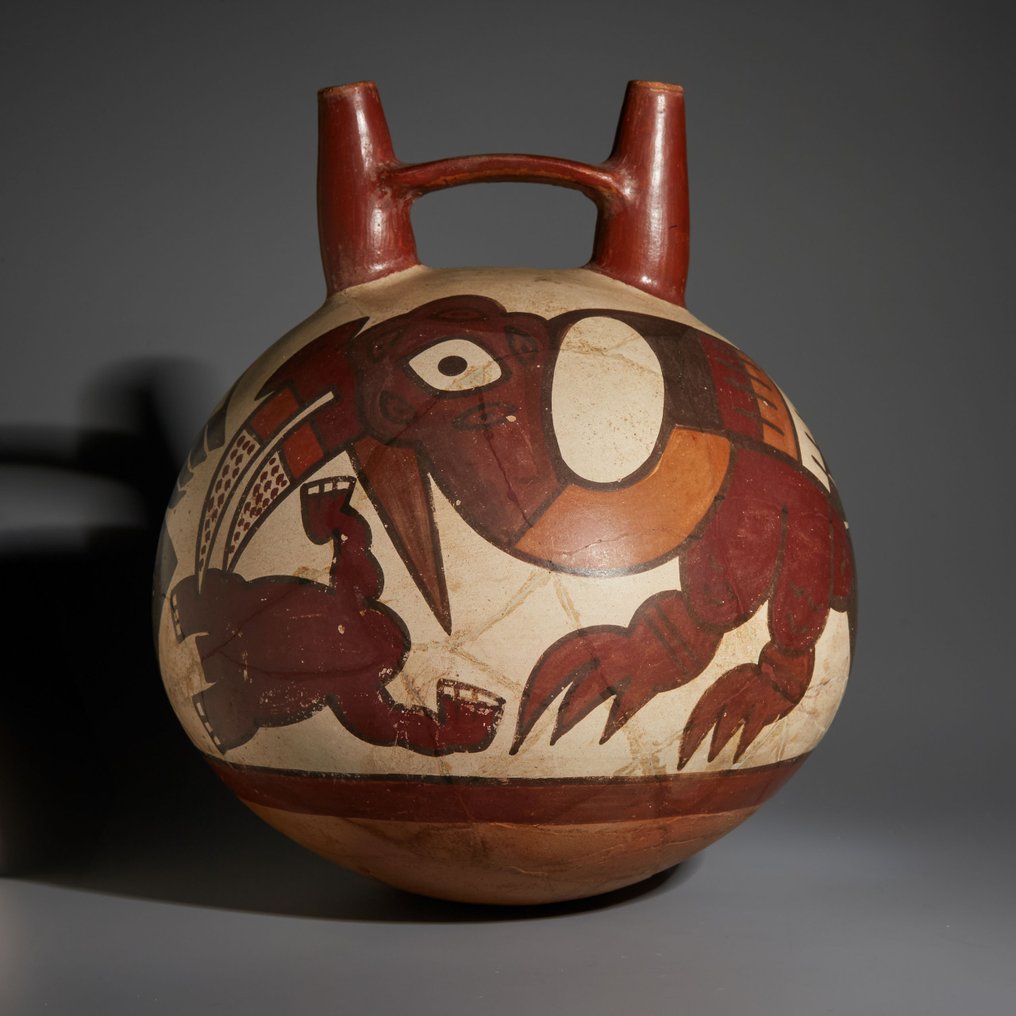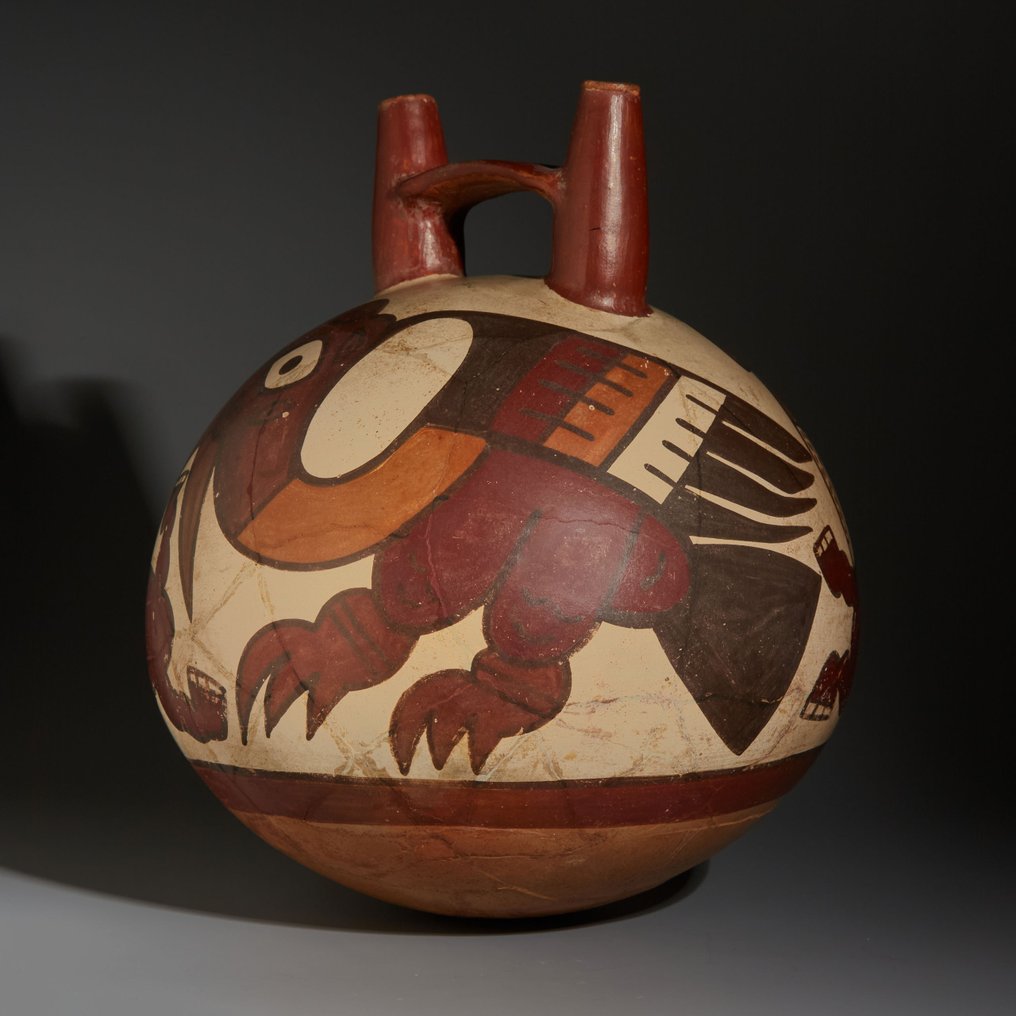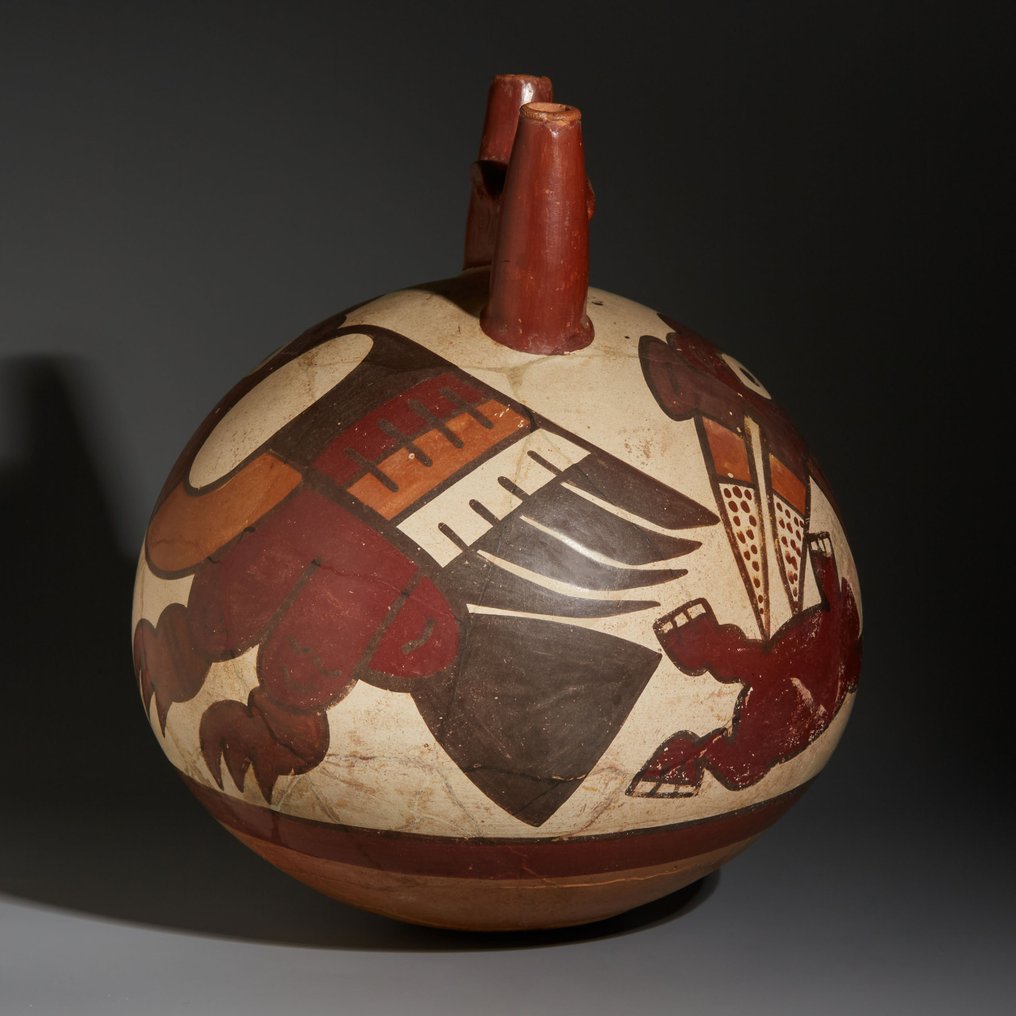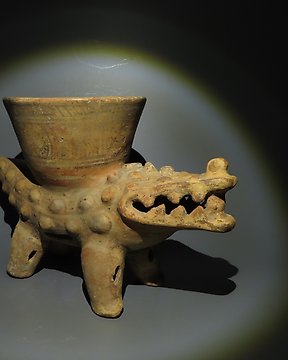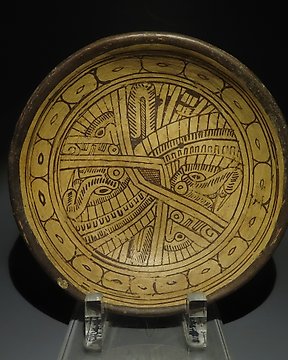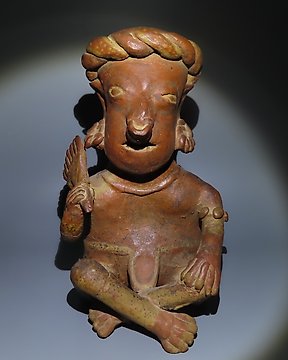Disclaimer
The seller guarantees and can prove that the object was obtained legally. The seller was informed by Catawiki that they had to provide the documentation required by the laws and regulations in their country of residence. The seller guarantees and is entitled to sell/export this object. The seller will provide all provenance information known about the object to the buyer. The seller ensures that any necessary permits are/will be arranged. The seller will inform the buyer immediately about any delays in obtaining such permits.
The seller guarantees and can prove that the object was obtained legally. The seller was informed by Catawiki that they had to provide the documentation required by the laws and regulations in their country of residence. The seller guarantees and is entitled to sell/export this object. The seller will provide all provenance information known about the object to the buyer. The seller ensures that any necessary permits are/will be arranged. The seller will inform the buyer immediately about any delays in obtaining such permits.
